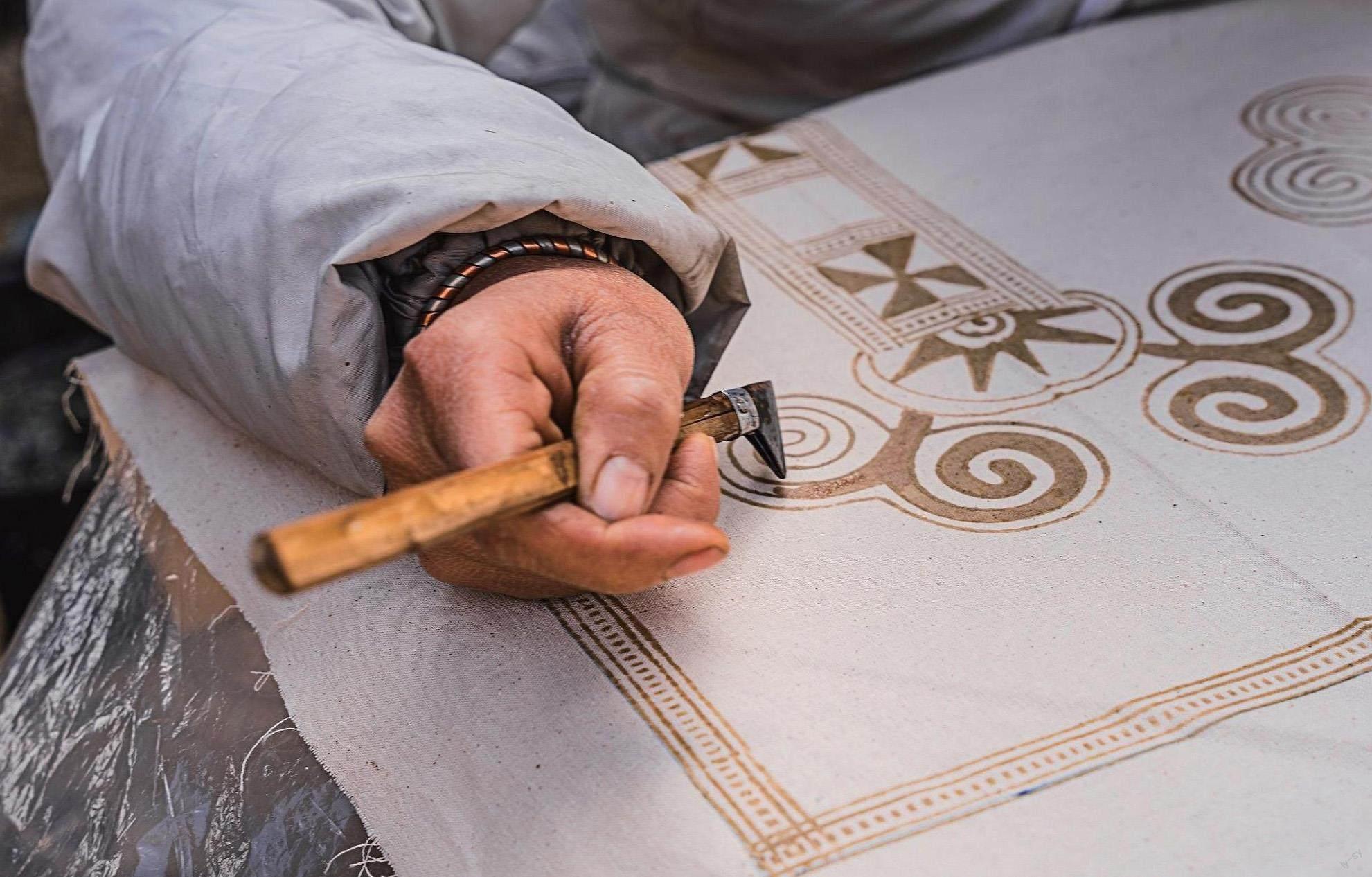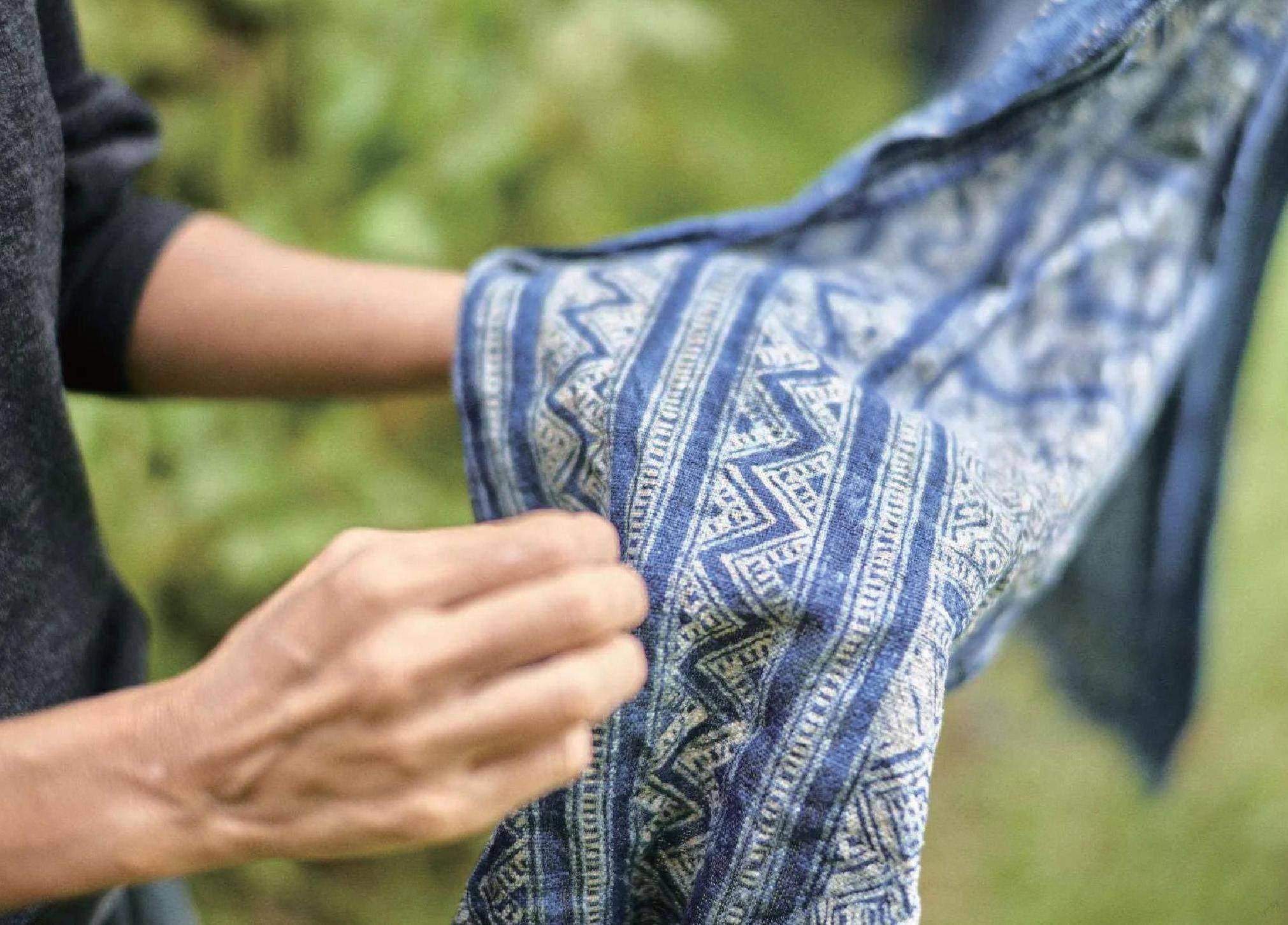The Significance of Preserving Craftsmanship: Reflecting on “Ingenious Craftsmanship” After Visiting Over 100 Artisans



108 Guardians of Chinese Craftsmanship: Philosophy and Nostalgia of Traditional Artisans
Luo Yicheng
SDX Joint Publishing
October 2018
88.00 (CNY)
Luo Yicheng
Luo Yicheng is a seasoned, creative individual. In 2015, he initiated the “108 Guardians of Chinese Craftsmanship” project. To date, he has interviewed more than 350 artisans from all across the country.
In this book, readers will witness the journey of these artisanal objects, whether big or small, as they pass through the hands of skilled craftsmen, undergoing various processes to eventually emerge as finished creations. Through the stories of these artisans, readers can gain insight into the current state of Chinas handicraft industry.
My reactions are always a beat slower than others. The term “Ingenious Craftsmanship” has been widely mentioned and circulated online for quite some time. One day, I caught myself staring at these words, pondering. Since its called “Ingenious Craftsmanship,” it should come from craftsmen. So, to understand ingenious craftsmanship, one should approach craftsmen first.
With this notion in mind, I began visiting more than 100 traditional Chinese artisans nationwide starting in 2016. The number continues to grow, and I have no intention of stopping. While walking on, Id like to look back at these more than 100 artisans Ive visited and discuss what I understand as “Ingenious Craftsmanship.” I also have an intuition that as I visit more craftsmen in the future, my understanding of “Ingenious Craftsmanship” will evolve, perhaps into versions like Ingenious Craftsmanship 2.0 or 3.0. But of course, thats a story for later.
History doesnt move backwards. The efforts of successive generations drive the progress of society forward, granting them in return the convenient and rich benefits of progress in terms of clothing, food, housing, transportation, and various aspects of their spiritual lives. As new people and things emerge, old people and things make way. Traditional craftsmen and their crafts, as old “people” and “things,” will naturally cede their status as favorites of the masses and become the edges and niches of today. Thus, when I saw certain places trying to turn a particular traditional craft into a major industry, aiming to reintroduce it into countless households, I was deeply skeptical about the outcome and the motives behind such endeavors. While people can swim against the current, they cannot reverse the direction of the tide within the river of history.
So, what is the significance of preserving traditional craftsmanship? It represents the aspirations of an individual, a nation, and even a country. More concretely, I believe traditional craftsmanship carries the essence of a nations philosophy and nostalgia.
After the Chinese New Year last year, I visited the Miao village of Shanjiang in Fenghuang, Hunan. After passing through a row of stone houses, I visited Miao embroidery inheritor, Master Wu Siying. Fortunately, Miao silver jewelry inheritor, Master Ma Maoting, acted as our guide; otherwise, even if I found Master Wus home, we wouldnt have been able to communicate, as she only speaks Miao language.
This 75-year-old intangible cultural heritage inheritor and empty-nester lived in a newly built house. Her children had all left the village to work. Dressed in Miao attire, she was meticulously groomed, coming out on her cane and greeting us kindly. I couldnt see any needles or embroidered patches, so I timidly expressed my desire to see her Miao embroidery works.
Through the on-site translation by Master Ma, I learned that Master Wu had stopped embroidering due to her old age. She didnt know where the things she had embroidered in the past were after moving into the new house. The only thing visible was the Miao attire she was wearing, adorned with patterns she had embroidered herself.
Master Wu lived alone, and her mobile phone was placed carefully by her bedside. Presumably, her children frequently called to show their concern and greetings, and she was afraid of missing their care and inquiries.
My visit to Master Wu Siying wasnt in-depth, and her story wasnt included in this book. However, as I continued to visit more than 100 artisans, especially the older ones, her image often came to my mind. Because her image is also a microcosm of traditional Chinese artisans.
Upon leaving Master Wu Siyings home, I coincidentally encountered a fair in Shanjiang Miao Village. At the market, apart from Miao women over sixty, the local villagers no longer wore Miao attire. Most of the young and strong people seemed to be working outside, just like Master Wu Siyings children. They would frequently call to inquire about their elderly parents health and well-being. However, they probably wouldnt wear Miao attire or speak the Miao language in the city. Those who do well might settle in the city, and naturally, they wouldnt be concerned about whether their elderly mothers were able to pass down their skills.
Indeed, as the era advances, when we acknowledge that many crafts are gradually losing their practical value, does that mean they no longer have significance in this age? If they do, what is the significance of their existence?
Throughout the process of visiting artisans, not only does the image of Master Wu Siying often flash in my mind, but this question also urges me to try to find an answer. Although it urges me strongly, I repeatedly remind myself that this question cant be answered hastily. Take it slow, observe more, and then speak.
After completing the stages of visits and digesting this process into a documentary and a manuscript, Ive made an extreme assumption in my heart that one day, all these traditional crafts I visited no longer exist. Miao embroidery, Xinjiang embroidery, Suzhou embroidery, Shanxi hard embroidery — all of them have vanished. Wood carving, brick carving, jade carving, stone carving — all of them have ceased. Bamboo weaving, rattan weaving, hemp weaving — all of them have stopped. Handmade paper isnt produced anymore, paper-cutting isnt done, clay sculptures arent made, wax dyeing isnt practiced, hanging wooden houses arent built, and Miao and Manchu languages arent spoken anymore. People speak standard Mandarin, use mass produced, standardized smartphone models models, wear popular clothes of the season, drive cars manufactured by automated assembly lines, watch the highest-rated movies, and queue up at the most popular chain restaurants.
What kind of scene would this be?
If all traditional handicrafts disappeared, would it mean weve entered an era of the “plastic greenhouse,” where the fertile soil for nurturing diverse happiness no longer exists?
“Happiness” is a general concept, and each individual has a unique happiness unknown to others. When people come into this world, aside from the sense of security brought by material possessions, they need an inner spiritual haven — a place familiar to them, bearing memories and uniqueness. For instance, they may speak a certain dialect, eat a certain kind of food, wear certain clothes, sleep in a certain cradle, and play with a certain cloth tiger. The development of the era has accelerated human migration, making the world more similar, and the familiar things have become routine; even every persons childhood catchphrase is being replaced by internet buzzwords that appear overnight.
The 95-year-old shadow puppetry inheritor, Mr. Lian Zhenhua, once gave me a piece of calligraphy. He wrote: “Intangible heritage, the spiritual homeland of the Chinese nation.” This spiritual homeland gathers countless peoples inner gardens. Over these decades, the development of industrial civilization, like a bulldozer, has swiftly and unexpectedly crushed the “diverse happiness” sown in each persons little garden.
The world cannot be all “largely identical” and lack “minor differences;” thats the significance of “preserving craftsmanship.” Of course, theres no need to deliberately magnify its value. Just as we need salt in our diet, we shouldnt add salt to our dishes without moderation because salt is important. Thus, I dont endorse the term “revival of folk crafts.” Nor can I imagine rural folks squatting in front of stainless-steel doors every day doing needlework or weaving baskets. Turning traditional crafts into a large-scale “industry,” in my view, is the same as “industrial civilization,” a bulldozer used to crush. After being crushed by industrial civilization, if the few hardy sprouts that retained their vitality were again crushed by “industrialization,” perhaps they would never grow again.
We can observe that no matter where the Olympics are held, no matter how many world records are broken, and no matter how much economic prosperity a country experiences as a result, before the games begin, people return to the birthplace of the Olympics to collect the Olympic flame. The ideal state in which I wish traditional crafts and artisans to be treated is similar to how we treat the Olympic flame. By letting it exist, it can ignite everyones longing for “diverse happiness.” It can embody a countrys philosophy and nostalgia. It can distill the ingenuity extracted from the flame, just like the spirit of the Olympic flame, to inspire the general public. I also hope that the process of visiting artisans, both before and after, is a gradual collection of such flame. This process has already been undertaken by predecessors like Qiao Xiaoguang, Yang Xianrang, and Huang Yongsong, and it is undoubtedly full of challenges. But with these flames in our hands, I think that no matter where we go or how far we have traveled in the future when we look back at ourselves and our country, we will be able to see the way we came from a perspective with the help of these flames.

